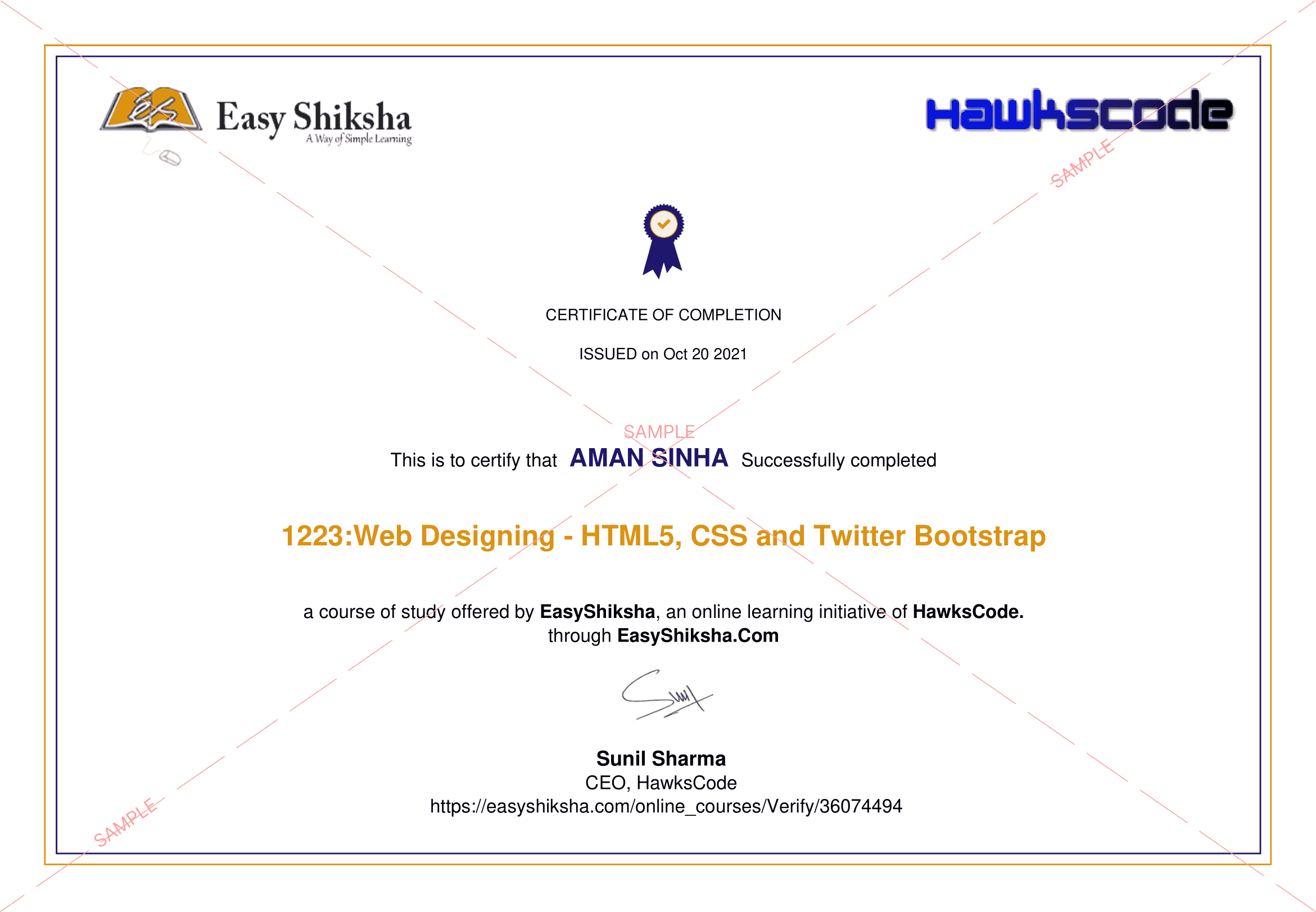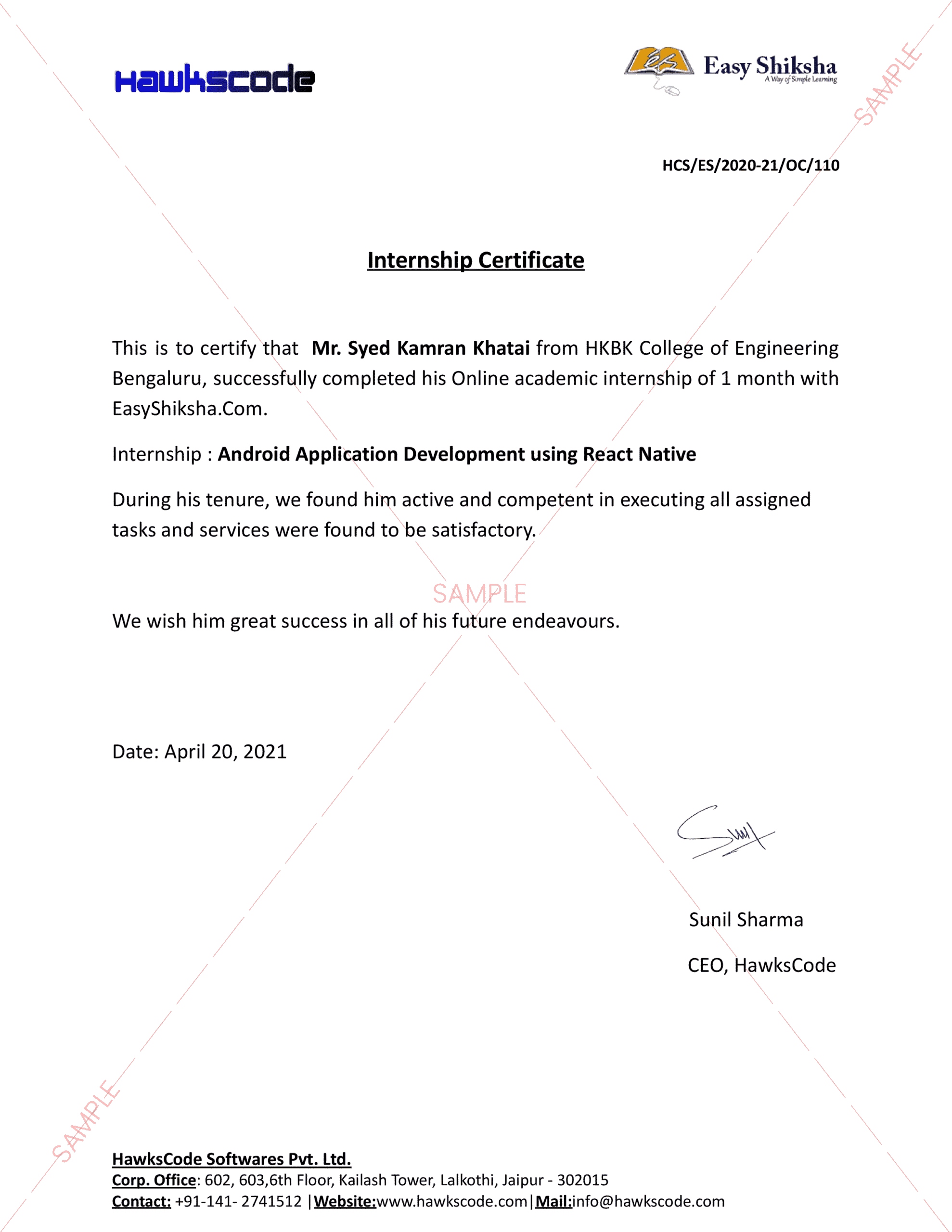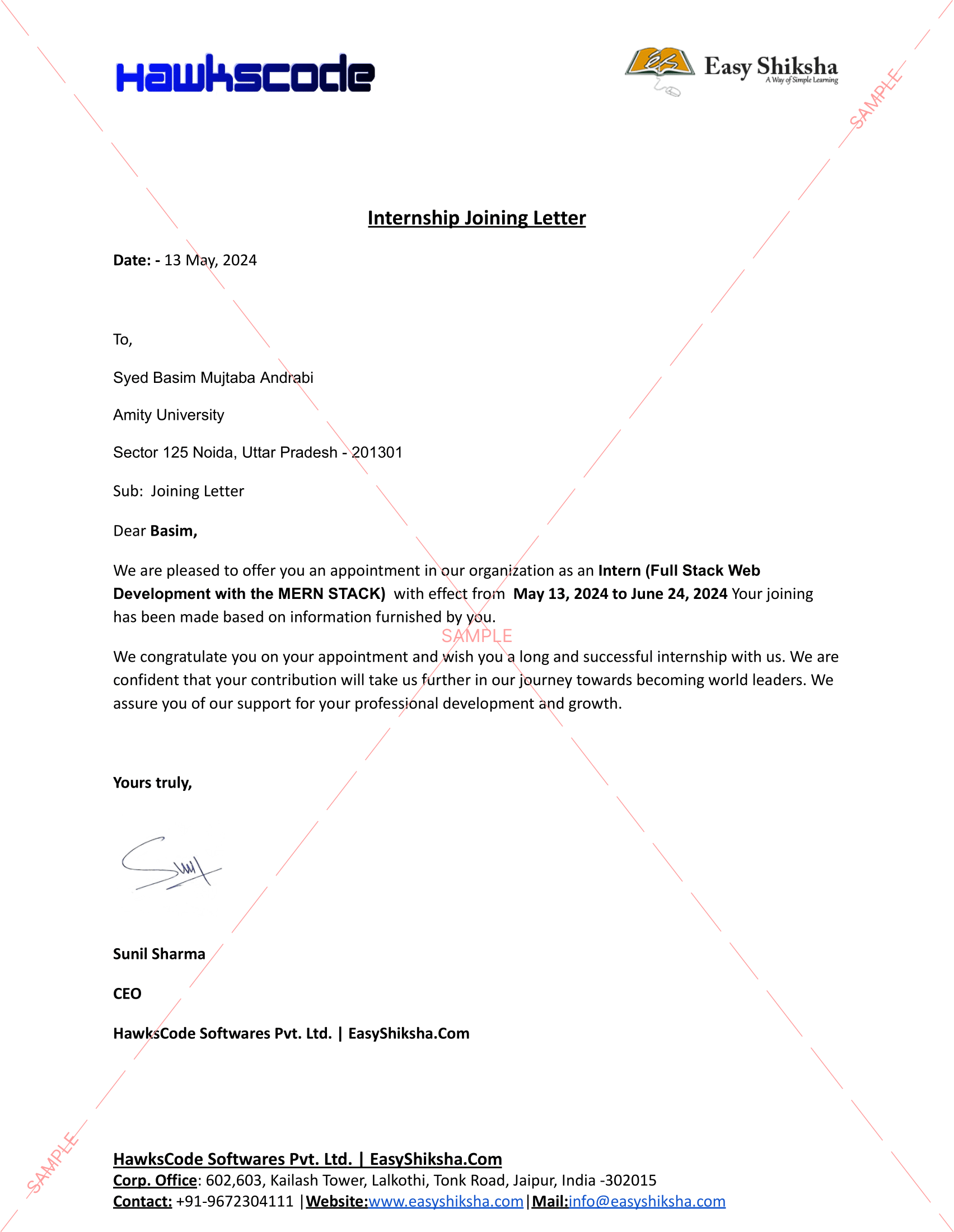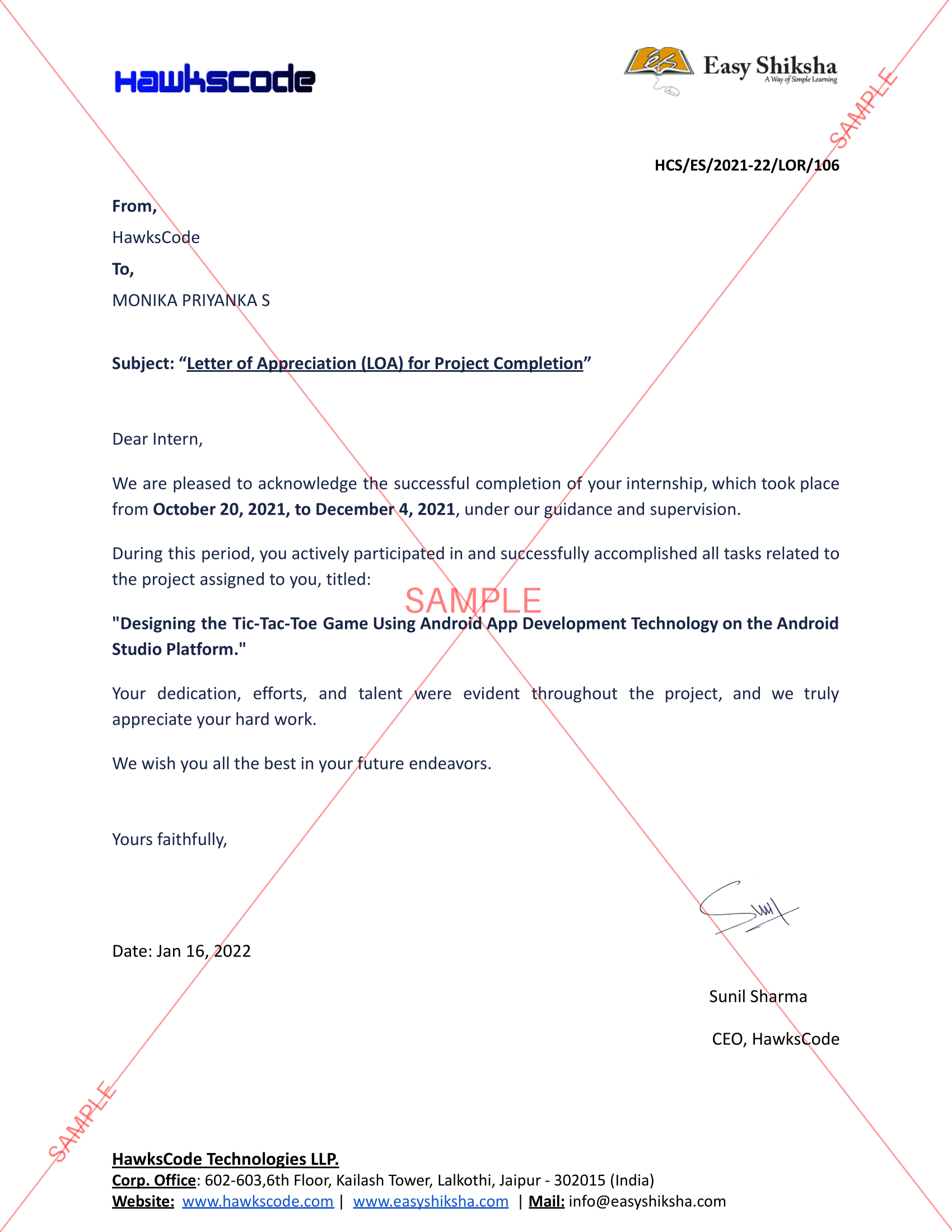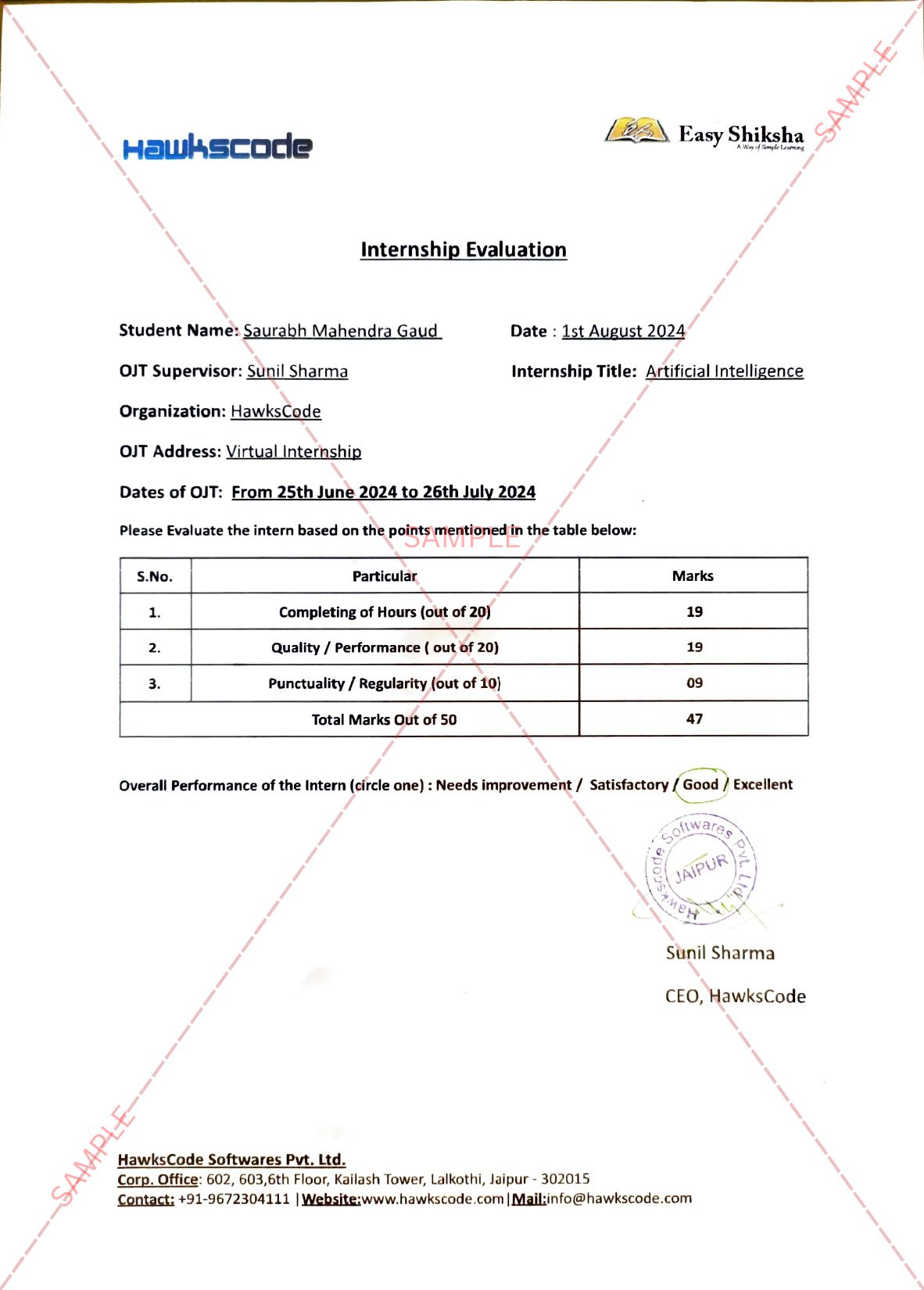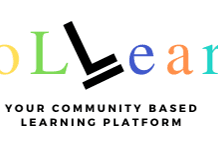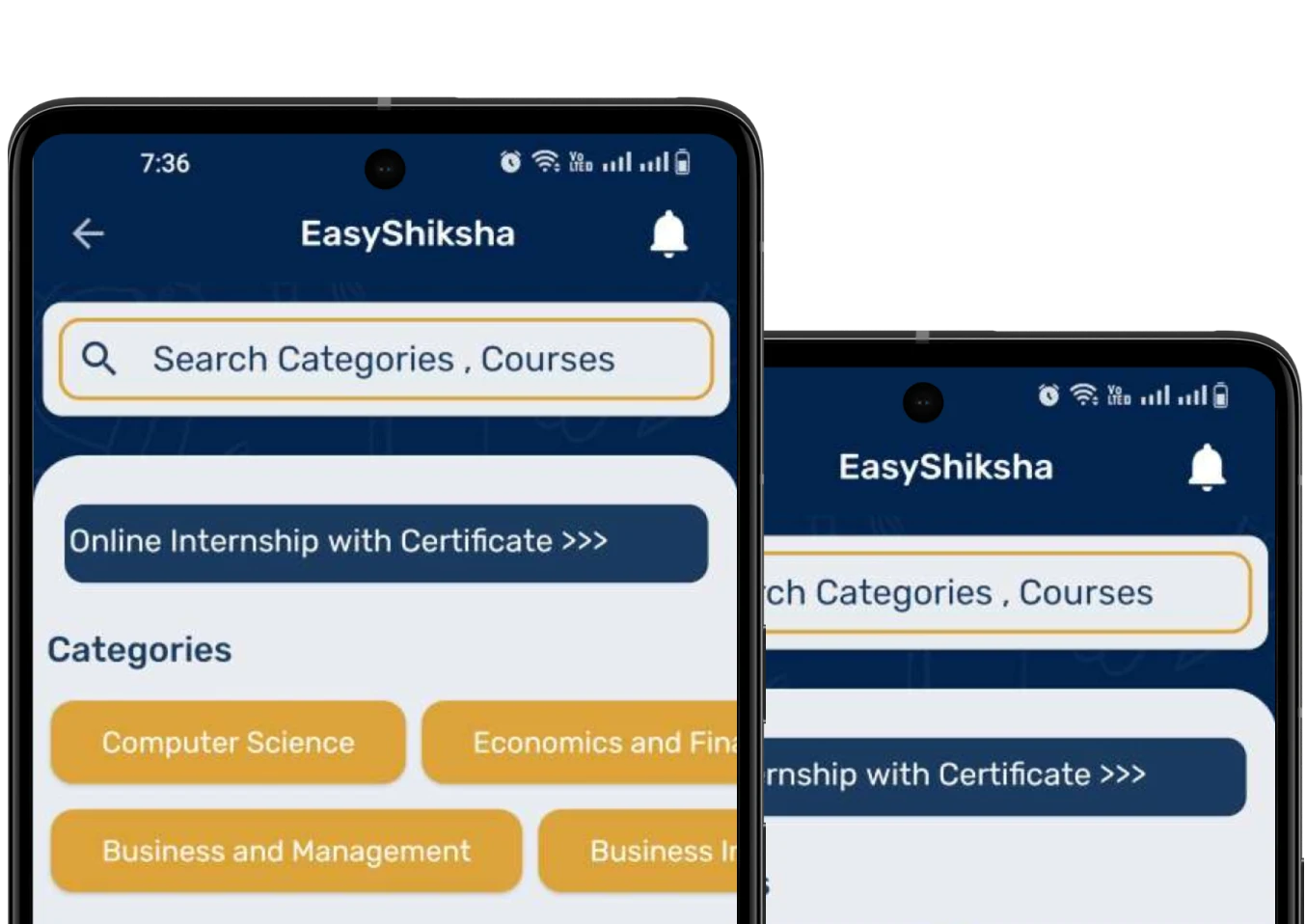Over the past decade — and especially post-COVID — the education landscape has undergone a massive transformation. What was once confined to blackboards and lecture halls has now shifted into cloud-based platforms, live virtual classrooms, and self-paced learning. This transition from classroom to cloud marks a historic evolution in how we teach, learn, and grow in the 21st century.
Also Read: Skills You Must Highlight on Your Internship Resume
The Turning Point: COVID-19 as a Catalyst
While digital education had been growing slowly, the pandemic served as an accelerator. Schools, colleges, and coaching centres were forced to shift online overnight. Edtech platforms surged in popularity, and remote learning became the new normal.
This sudden switch revealed both the potential and power of online learning — not just as a stopgap, but as a sustainable and scalable model for the future.
Insights from Internship Students: Testimonials
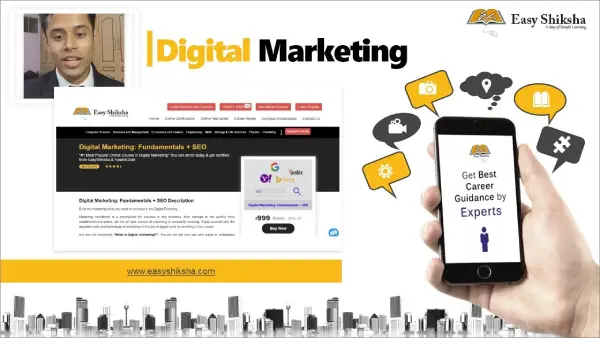
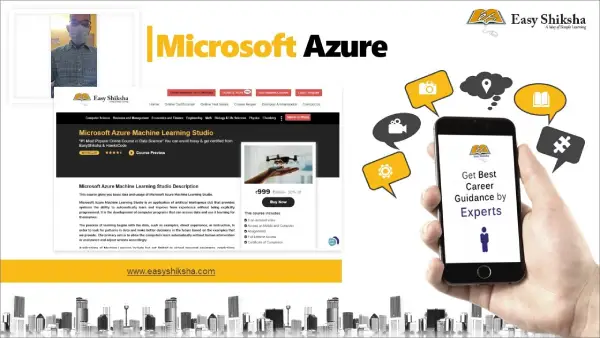
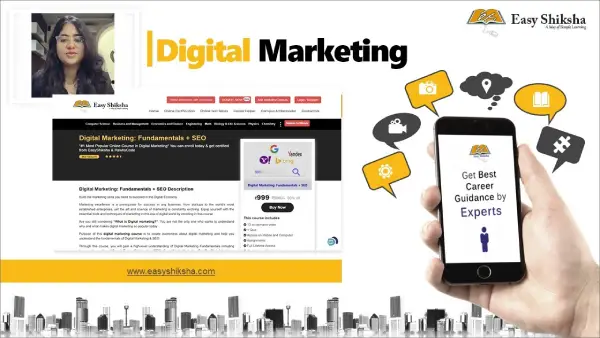
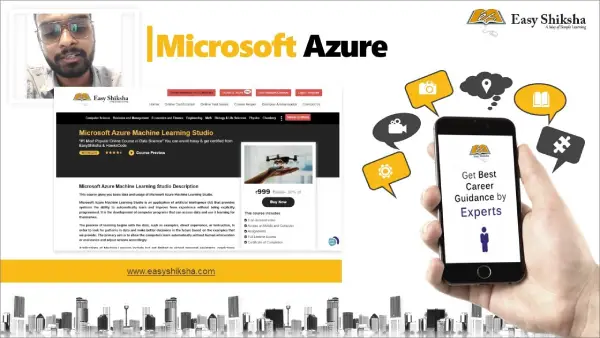
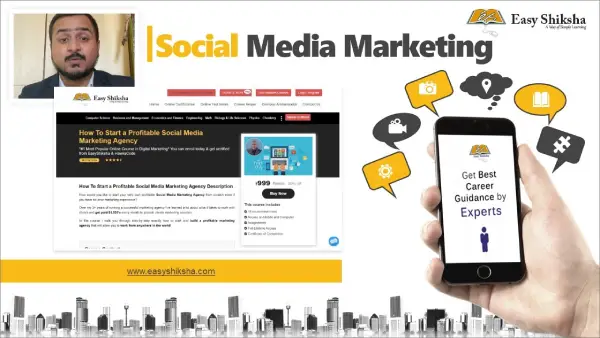

Key Drivers of the Shift
1. Accessibility & Flexibility
Students from Tier 2 and Tier 3 cities gained access to top courses and educators.
Learners now study anytime, anywhere, breaking geographical and time barriers.
2. Personalized Learning
Platforms like EasyShiksha, Byju’s, and Coursera offer adaptive learning paths.
Students learn at their own pace, revisit lessons, and choose subjects of interest.
3. Cost-Effective Education
Online courses eliminate commuting, accommodation, and textbook expenses.
Many certifications are now free or affordable, democratizing skill-building.
4. Skill-Based Learning
The demand for job-ready skills has led to a rise in online certifications, internships, and career prep courses.
Students now pursue coding, design, business analytics, and languages online.
Top Courses in Networking
The Rise of Hybrid Learning
In 2025, we see a growing preference for hybrid learning models — combining classroom engagement with the flexibility of online platforms. Schools and universities now blend in-person lectures, recorded sessions, online tests, and digital collaboration tools.
This blend ensures that students:
- Learn at a comfortable pace
- Have access to 24/7 learning resources
- Build digital communication and self-learning skills
EdTech Innovation: The Backbone of Cloud Learning
Digital learning platforms are investing in:
- AI-powered learning paths
- Gamified content for engagement
- AR/VR classrooms for experiential education
- Real-time doubt solving & peer forums
Platforms like EasyShiksha are offering students not just courses, but also internships, certifications, career counselling, and soft skill development, all in one place.
Top Courses in Information and Technology
Challenges That Remain
Despite its growth, online learning faces challenges:
- Digital divide in rural and underprivileged areas
- Screen fatigue and reduced attention spans
- Lack of emotional and social interaction found in physical classrooms
Solving these will require collaboration between governments, edtechs, and educational institutions.
Conclusion: The Future is Fluid
The shift from classroom to cloud is more than a technological trend — it’s a paradigm shift in learning itself. As digital education continues to evolve, the focus will be on inclusion, engagement, and impact.
Whether you’re a student in a village or a professional in a metro, the classroom of the future is wherever you choose to connect. With platforms like EasyShiksha, learning is no longer limited by walls — it’s limitless, borderless, and built for the world ahead.
Get Some Courses: Semiconductors & its Application in Analog Electronics , Geography Lesson
